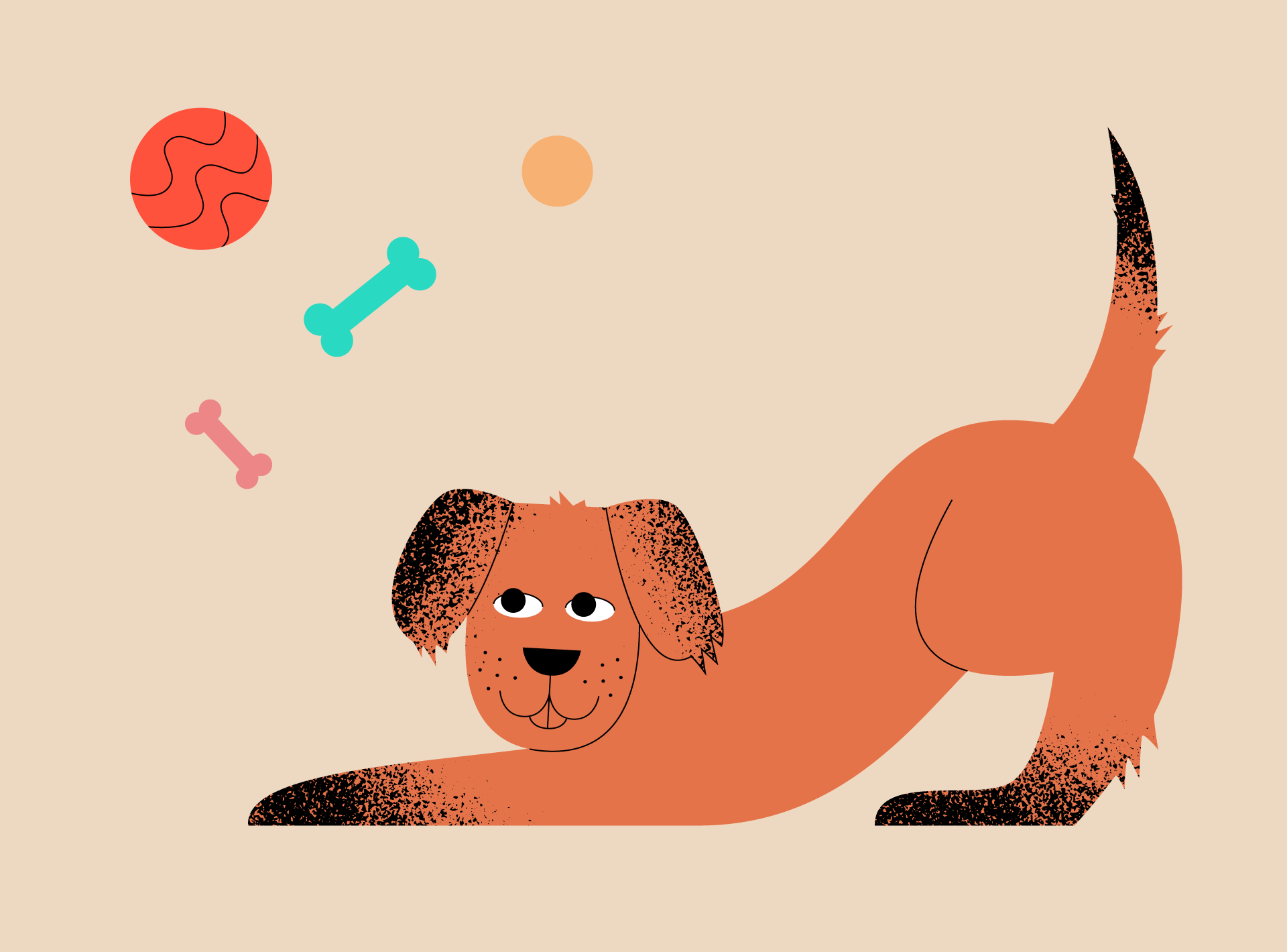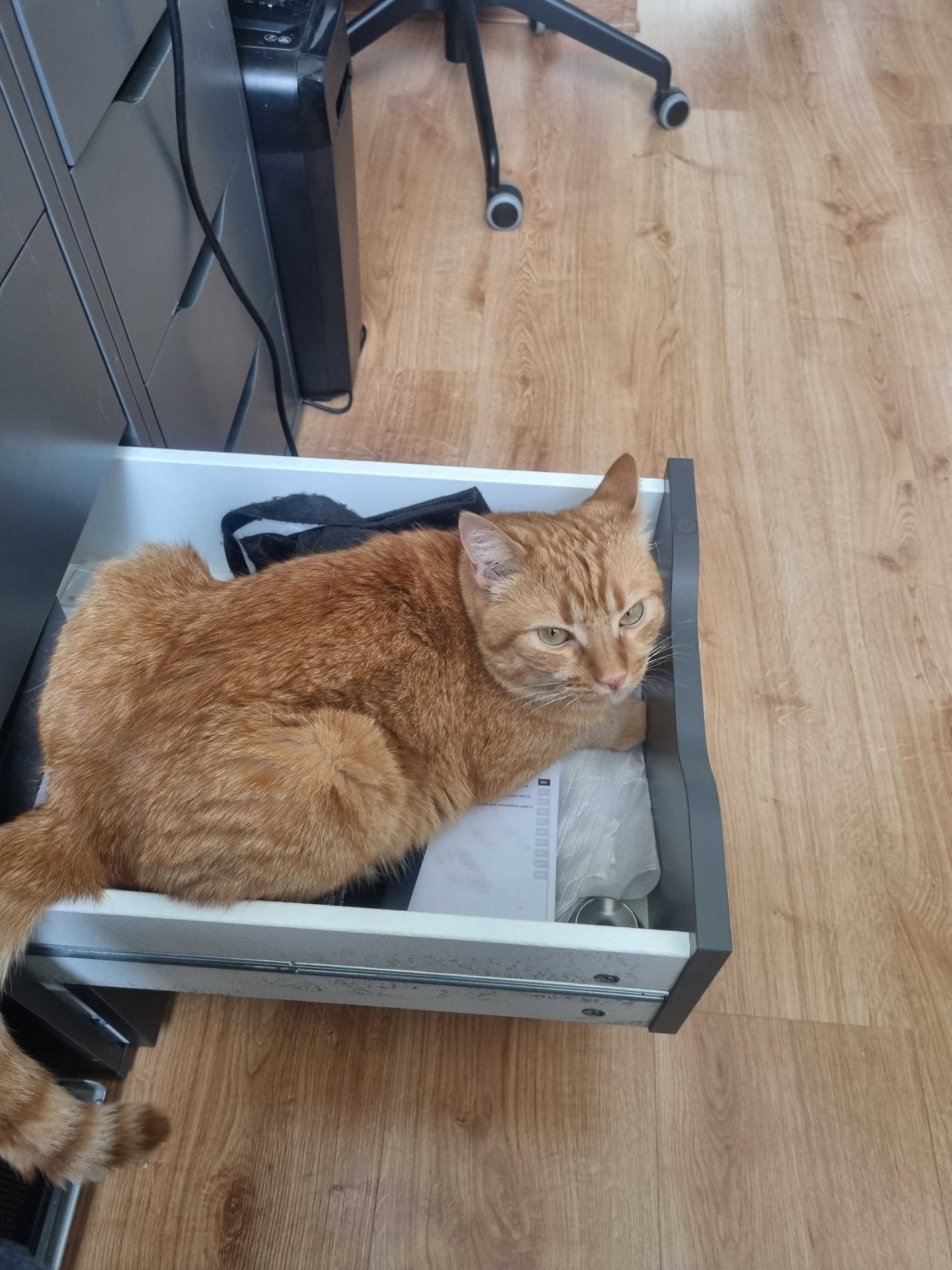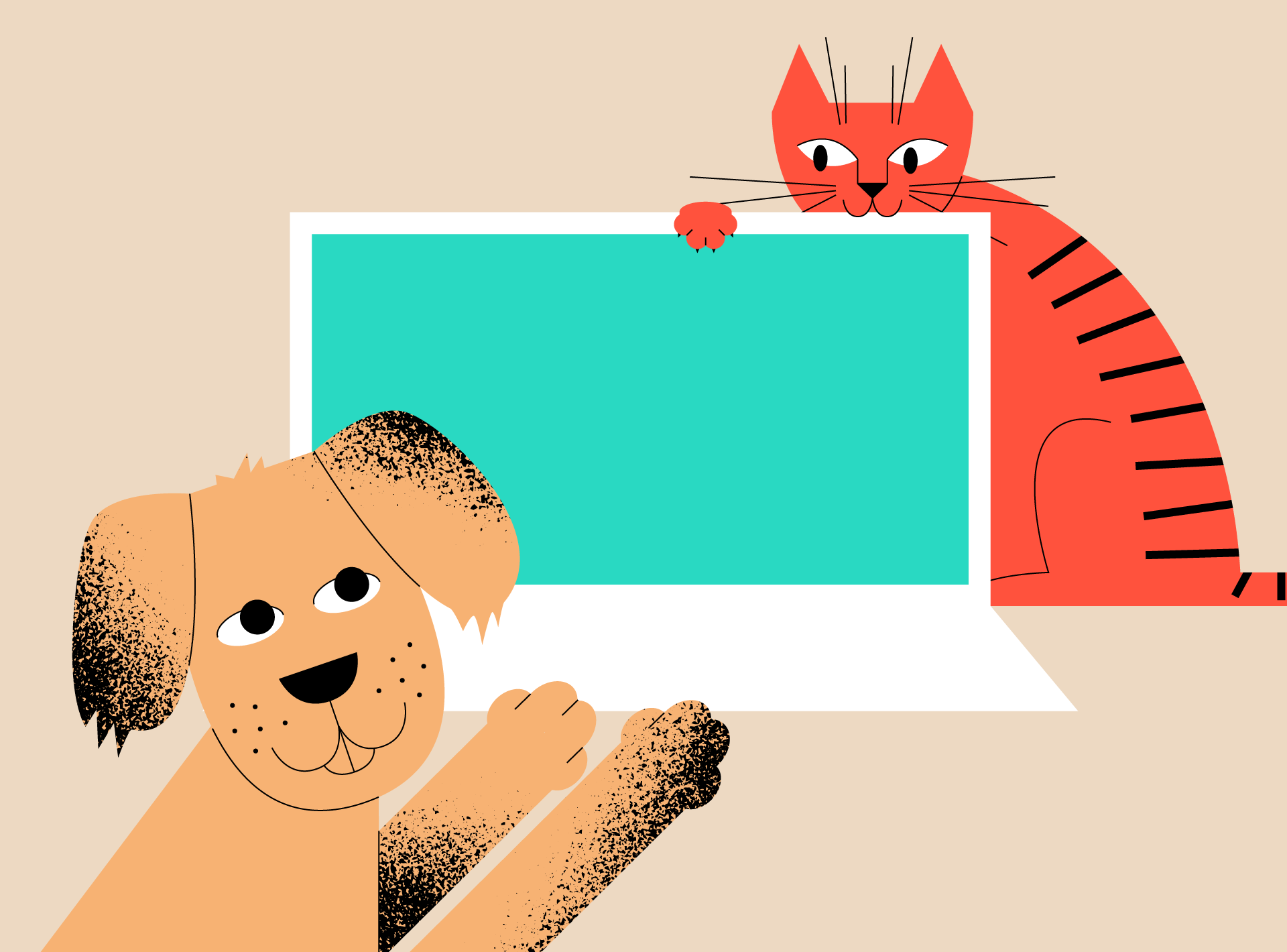In today’s dynamic work environment, companies are continually seeking innovative ways to enhance employee well-being and productivity. One trend gaining traction is creating pet-friendly offices. This concept not only resonates with animal lovers but also aligns with the modern ethos of work-life balance and mental health awareness. In this article, we’ll explore the benefits and challenges of having pets in the office or at your remote workspace, supported by current research, and look at the prevalence of pet-friendly policies in the offices.
Why create a pet-friendly office?
The trend towards pet-friendly offices is more than just a fad. It stems from a growing recognition of the benefits that animals can bring to the workplace. Animals are known to reduce stress, foster social interaction, and even improve physical health through encouraging movement and breaks.

Canine colleagues: navigating the ups and downs of dogs at work
It’s not just about allowing dogs. It’s about integrating them into our family, fostering a sense of comfort and joy that permeates through our work and enhances our creative processes.
Benefits:
Stress reduction: Studies have shown that the presence of dogs can lower stress levels. For example, a study published in the ‘International Journal of Workplace Health Management’ found that employees who brought their dogs to work experienced lower stress levels throughout the day.
Increased social interaction: Dogs can serve as social catalysts, promoting interactions and fellowship among employees.
Promoting physical activity: Having a dog around may encourage employees to take regular breaks for walks, benefiting their physical health.
More relaxed atmosphere: The presence of pets in the office can significantly contribute to a more relaxed and friendly atmosphere.
Challenges:
Allergies and phobias: Not all employees may be comfortable around dogs due to allergies or phobias. A good idea is to maintain an appropriate distance of a few meters between dogs and people with allergies whenever possible. You can also keep dogs tethered to desks in common areas. Air conditioning is not a cause for concern. It does not disperse allergens throughout the building, so it can be used normally.
Distractions: Dogs may sometimes cause distractions, from barking to needing attention during work hours. You can always create clear guidelines about acceptable pet behavior in the office and encourage pet owners to take regular breaks with their dogs outside the office to help manage their energy levels and minimize disruptions.
Space and hygiene: Ensuring a clean, safe environment for both the pets and the employees can require additional resources and planning. A good idea would be to clearly label each zone and remind dog owners to be responsible.

Cats on the laps: comfort or challenge?
From soft and gentle purring to a warm lap blanket, it’s hard to imagine a better personal assistant for working at the computer than a cat.
Benefits:
Calming presence: Cats are often seen as less intrusive than dogs and can provide soothing companionship, particularly when sitting quietly on an employee’s lap.
Reduced loneliness: For those who work long hours, having a cat can alleviate feelings of isolation.
Building emotional bonds: Research published by Oregon State University found that cats can form strong emotional bonds with people, contributing significantly to human well-being offering emotional support and helping reduce stress.
Enhanced cognitive function: Studies at Washington State University have demonstrated that interactions with cats can enhance cognitive functions such as thinking, planning, and concentration.
Challenges:
Space intrusion: Cats can be unpredictable and may intrude on workspace areas, including keyboards and important documents. You can try to utilize pet barriers or cat-friendly furniture that allows cats to be part of the environment without accessing restricted areas like desks with important documents.
Attention needs: Similar to dogs, cats require attention and may become a distraction if they demand it during work hours. A good idea would be to provide stimulating toys that keep cats engaged and entertained independently, reducing their reliance on human attention during crucial work hours. Will it work? Nobody knows.
Hygiene and Litter Box Management: Maintaining cleanliness when cats are present in the workplace is a significant consideration. This includes managing litter boxes and ensuring they are placed in discreet, yet accessible areas. Regular cleaning and maintenance of these areas are essential to prevent odors and maintain a hygienic environment. Additionally, having a protocol for dealing with accidents and ensuring that cat owners are responsible for their pet’s hygiene can help mitigate any potential issues.
Latest insights and figures on pets in the workplace
Due to the undeniable benefits of pet ownership, there is an increasing level of support for having pets in the workplace. A study conducted by LiveCareer revealed that 94% of people expressed their support for the presence of pets in the workplace. Notably, most individuals had experience with dogs (94%) in the office, followed by cats (84%), and surprisingly, fish (36%), birds (24%), or even rodents, amphibians, or reptiles.
Furthermore, 76% of respondents reported that having pets in the workplace had a positive impact. They valued the enhanced social interaction with colleagues (51%), the creation of a more relaxed work environment (33%), and a reduction in stress levels (28%). Additionally, they noted an improved work-life balance and a decrease in the guilt associated with leaving a pet at home.
Embracing a pet-friendly culture at Admind
Our commitment to a pet-friendly work environment is not just a policy, but a core part of our culture. Recognized as a PET HELP-certified employer, we take pride in creating an inclusive and welcoming space for our furry companions. Each day, our offices buzz with the positive energy and comfort that pets bring, enhancing our team’s creativity and well-being. This recognition is a testament to our dedication to integrating pets into our professional world, ensuring a harmonious and dynamic workplace that benefits both our human and animal colleagues. Our PET HELP badge is not just an emblem of this commitment, but a reminder of the joyful, compassionate, and innovative spirit that defines Admind.



Looking to get your boss on board with welcoming four-legged pals to the office?
Step-by-step guide:
1. Find the fun facts: Dig up some cool info about why office pets are awesome – like how they make people happier and more chill at work. Feel free to use the article above.
2. Think about the ‘but what ifs’: Figure out the tricky stuff, like allergies or if Bubu starts barking during a meeting. Have some smart fixes ready.
3. Suggest a test run: Propose giving it a go for a bit, like a trial week, to see how everyone and their furry pals get on.
4. Sketch out some pet rules: Jot down a few do’s and don’ts for bringing pets in. Keep it simple.
5. Chat with your work buddies: See who’s up for it and maybe get them to back you up when you pitch the idea.
6. Bring up cool examples: Mention other places like Admind that are all about pets at work and how it’s going great for them.
7. Plan some pet-free spots: Remember to suggest areas where pets won’t go, for folks who might not be super into the idea.
8. Offer to be the pet boss: Say you’ll be in charge of making sure everything goes smoothly with the pets.
9. Set up a way to get feedback: Offer to keep track of how everyone feels about the pet policy and make changes if needed.
Just keep it light and show that you’ve thought it all through. It’s all about making the office a fun and comfy place for everyone, two-legged or four! Good luck!
References
- Who let the dogs in? A look at pet-friendly workplaces | Emerald Insight International Journal of Workplace Health Management.
- Preliminary investigation of employee’s dog presence on stress and organizational perceptions | Emerald Insight Virginia Commonwealth University.
- “Purina’s Pets at Work Report,” Pets At Work – Make Your Workplace Pet-Friendly | Purina
- “Attachment bonds between domestic cats and humans” Oregon State University Attachment bonds between domestic cats and humans: Current Biology (cell.com)
- “Poll: Pets help older adults cope with health issues, get active and connect with others”, Michigan Medicine – University of Michigan https://www.sciencedaily.com/releases/2019/04/190403080514.html
- Working like a Dog: Opinions on Pets in the Workplace Working like a Dog: Opinions on Pets in the Workplace (livecareer.com)



